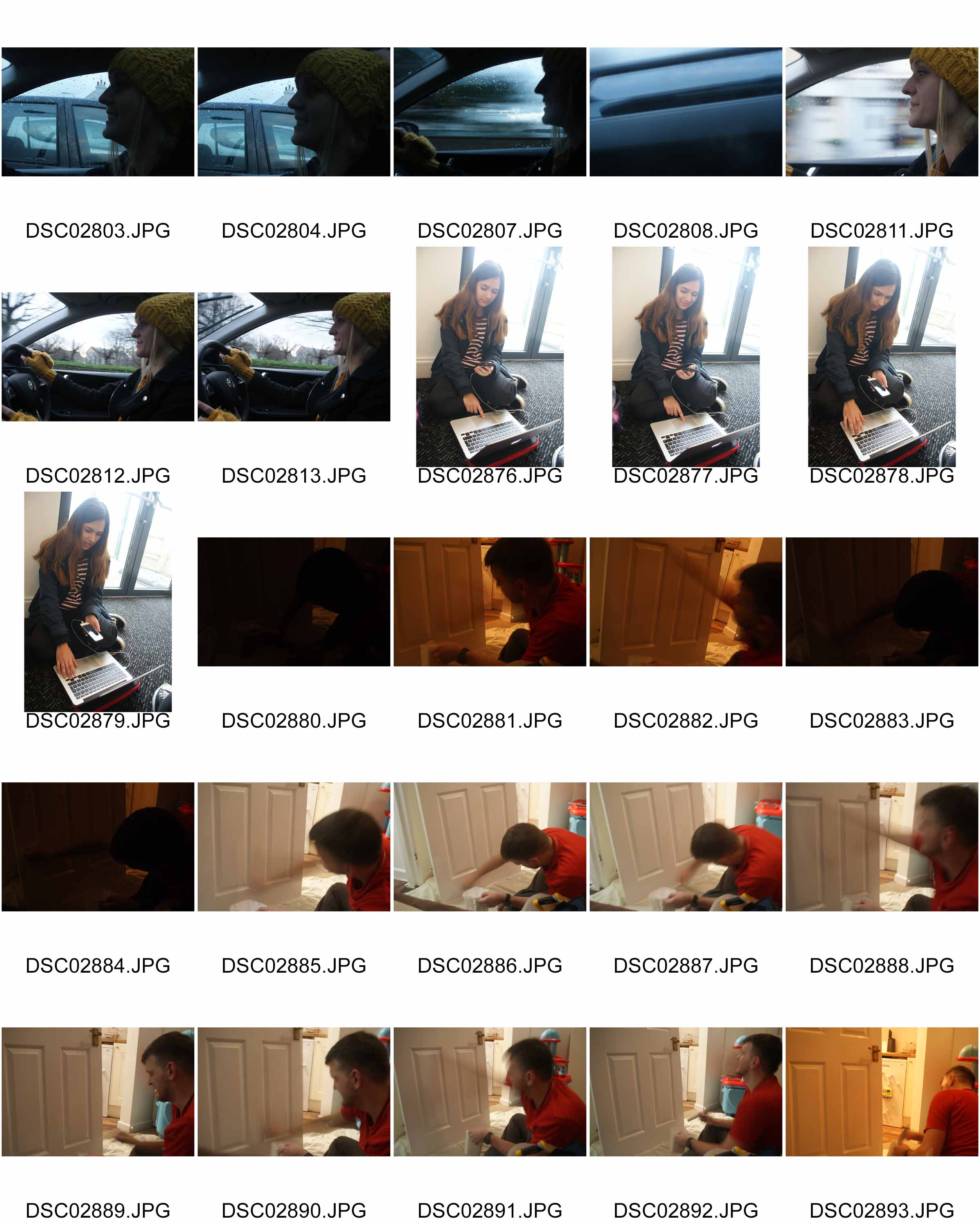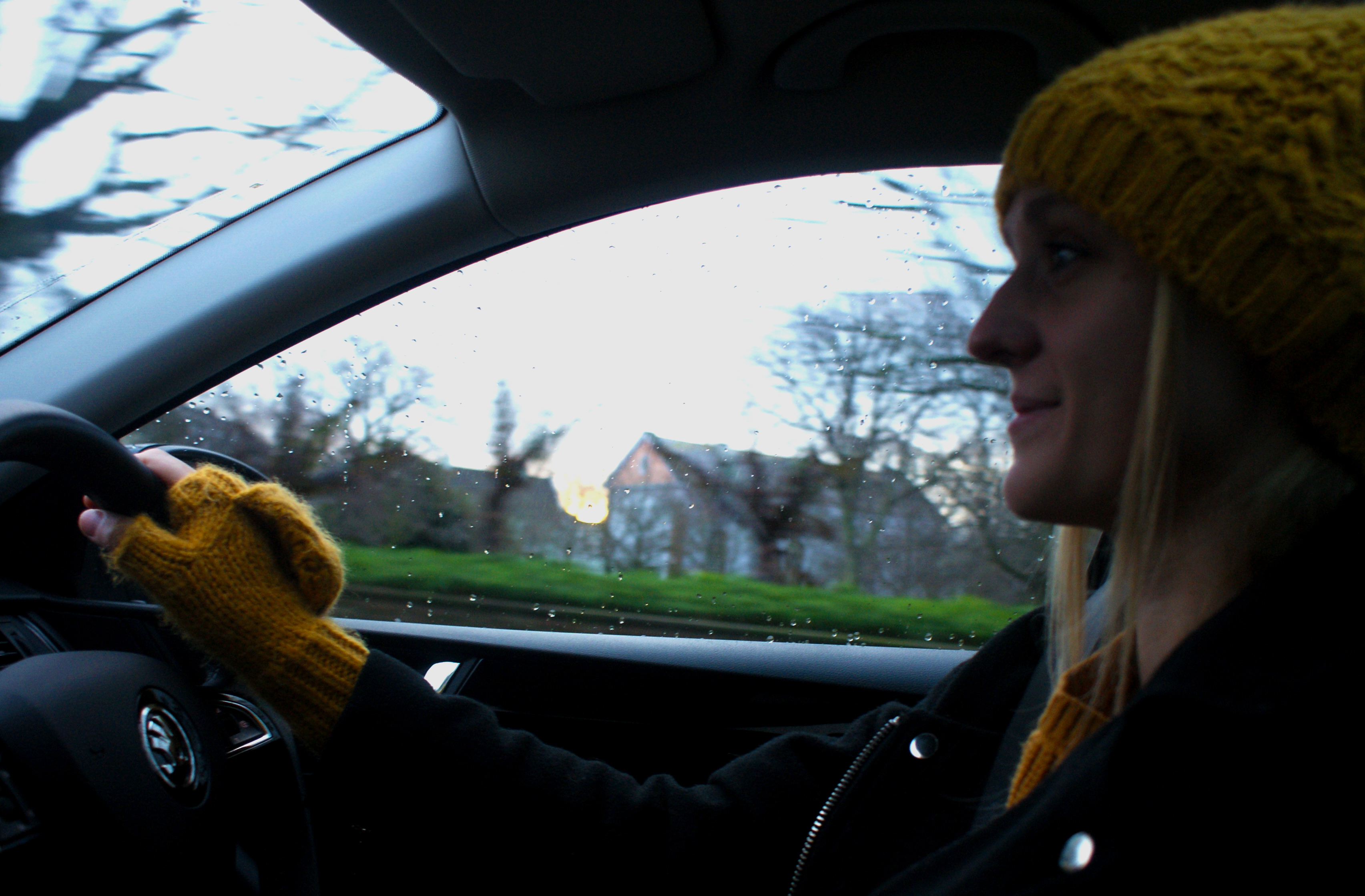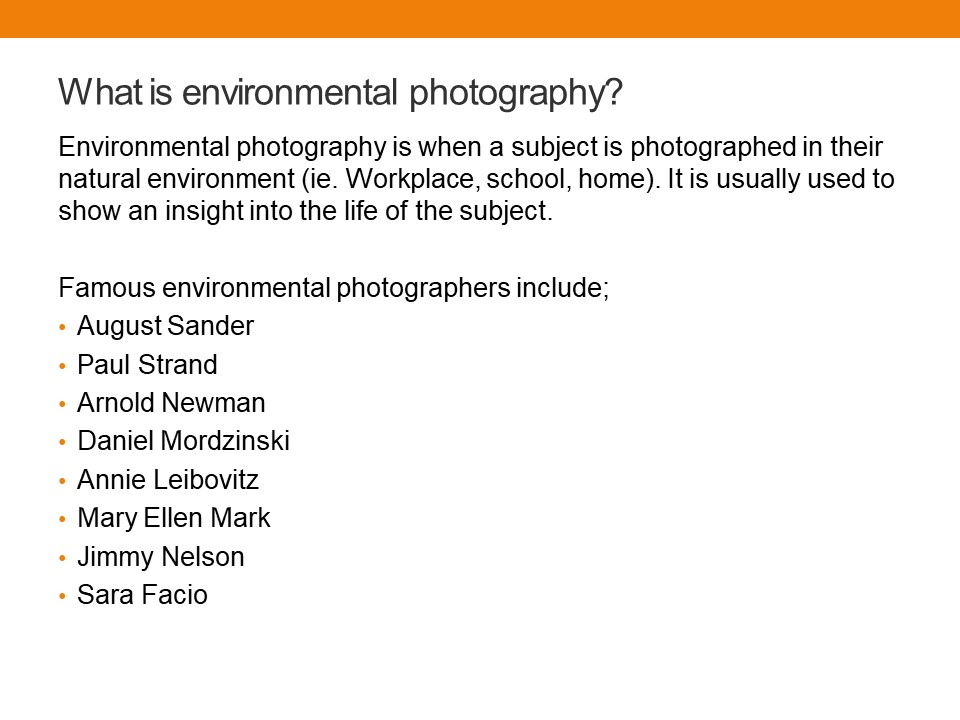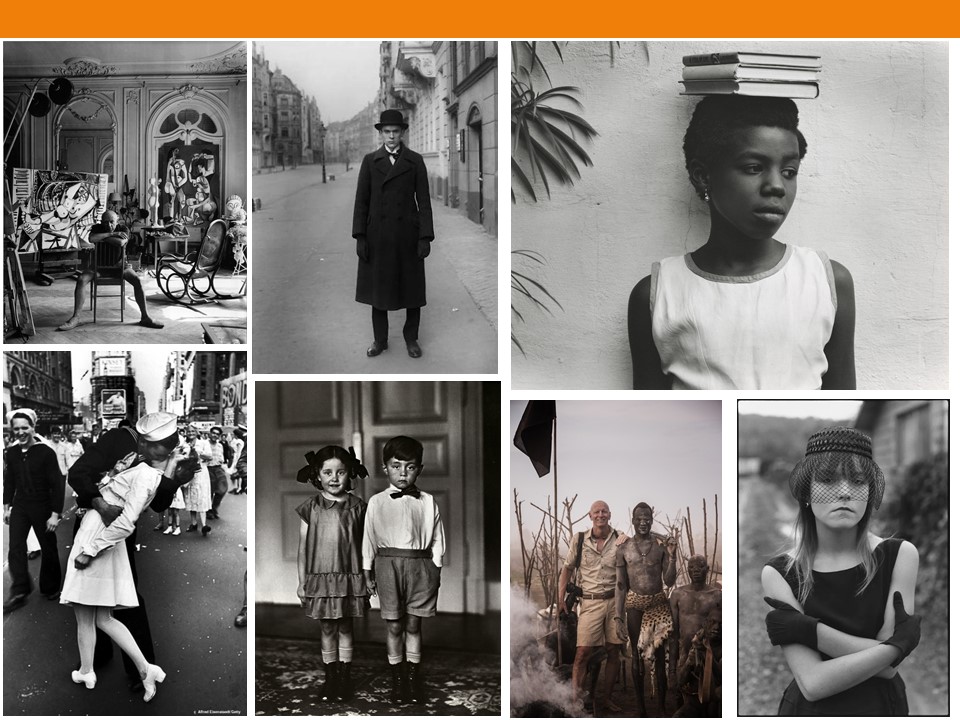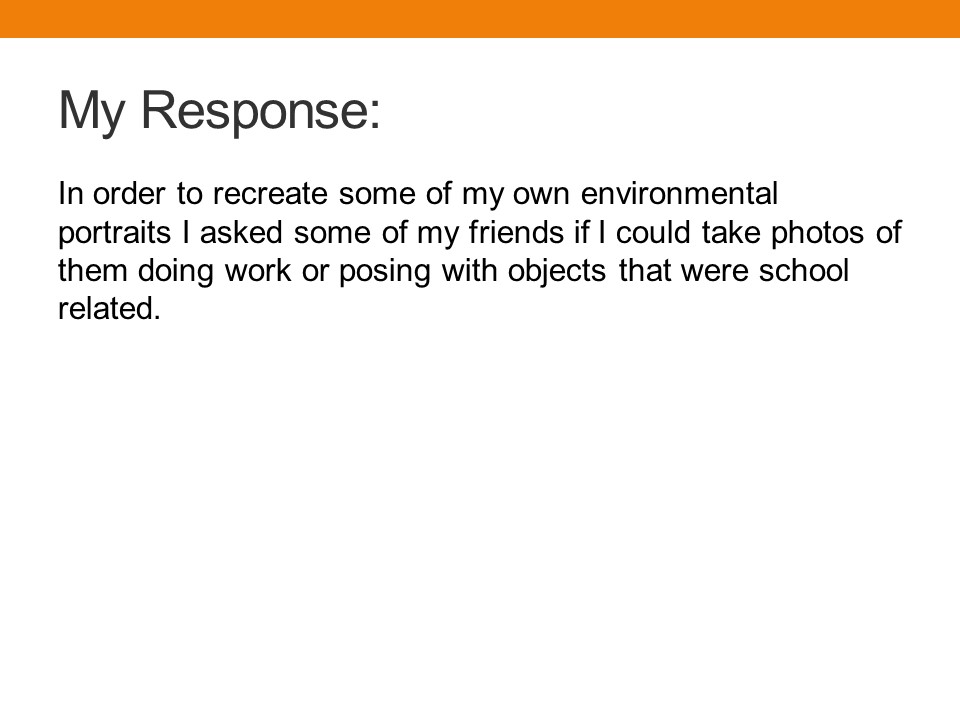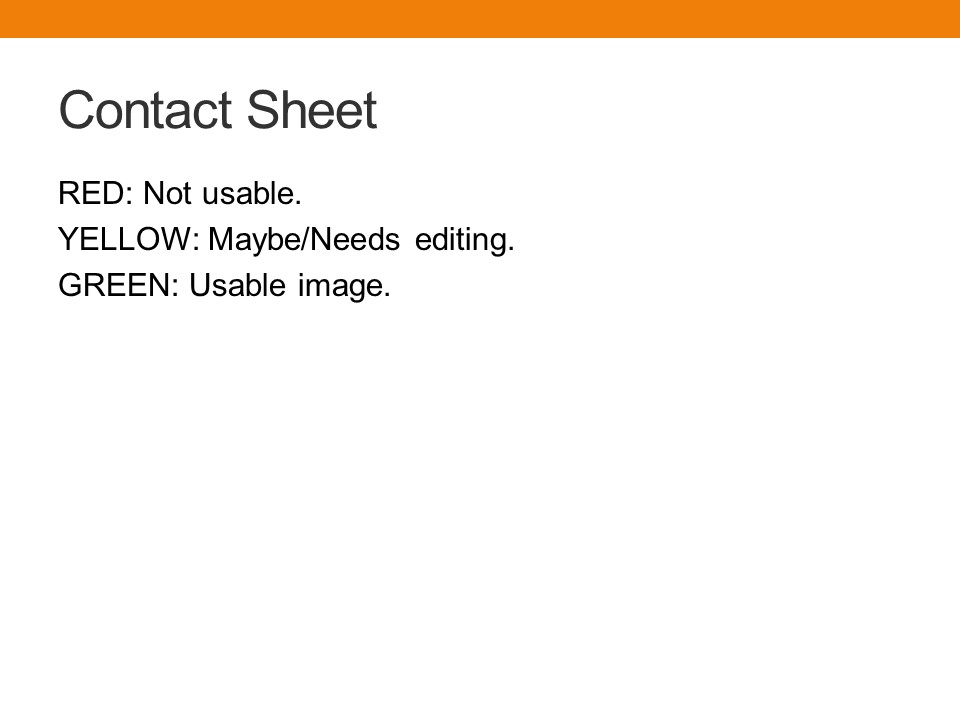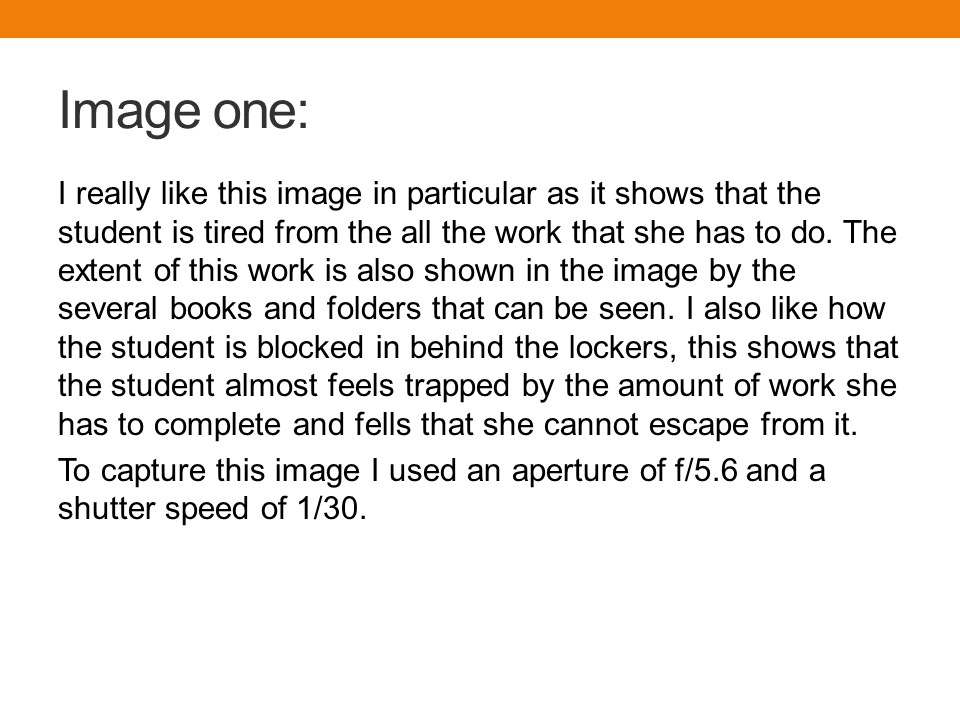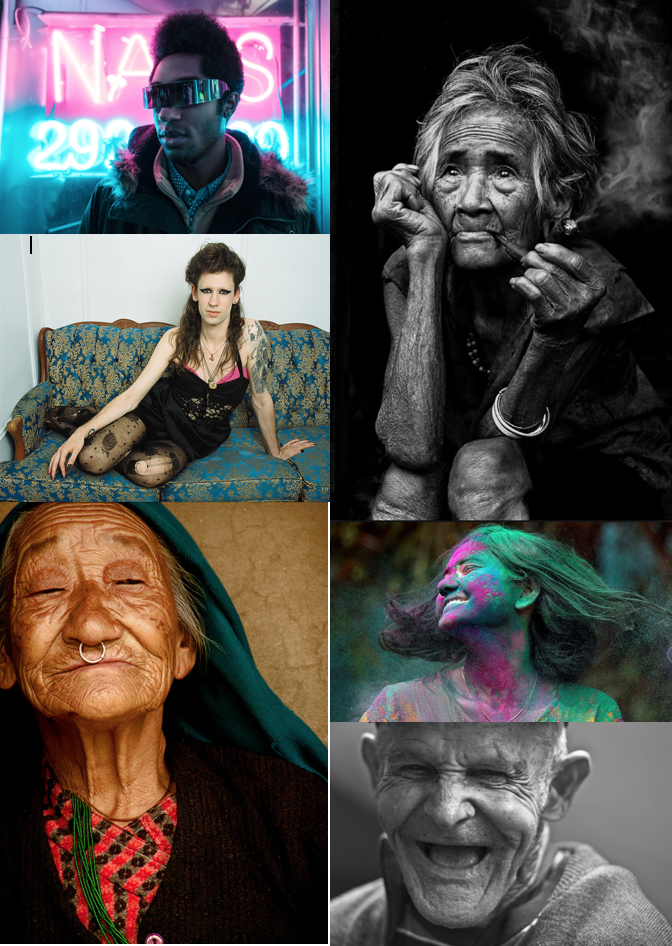August Sander was a German photographer who attempted to produce an extensive photographic document of German people. He was the son of a mine worker, and Sander did the same work initially as his father. He got his first camera in 1892 and took up photography as a hobby. After the military he pursued it professionally, working in a series of photographic studios in Germany. By 1904 he had his own studio in Linz and after his army service in World War I he settled permanently in Cologne and became friends with photographers and painters dedicated to the New Objectivity. After photographing local farmers near Cologne, Sander was inspired to produce a series of portraits of German people from all levels of society. His portraits were usually sharp, photographed straight on in natural light, while the subjects class and profession was shown through clothing, gesture, and backdrop.


Contextual: Sander was a German portrait and documentary photographer. During the nazi period he struggled to maintain his job. This image was in Sander’s portrait photo book ‘Face of our Times’ which was published in 1929, and also appears in the first volume of Sander’s incomplete project ‘People of the twentieth century’ which was planned as an extensive series of portraits of the German population, classified into seven groups by social class. These farmers, influenced by popular culture and advertising, may represent a trend that saw workers move away from the land towards the city.
Visual: There are three figures standing in the foreground against an out of focus landscape. The repetition of each figure’s posture, their walking sticks, dark suits, and hats creates a lateral rhythm across the picture plane. Each figure is looking directly at the camera. The shapes of their heads and hats are depicted against the blank sky. Their expressions are serious. Their shared pose is a mixture of formal (stiff posture) and informal (cigarette. They appear to be on their way to an event and have dressed up formal. They are not in their usual work clothes. The rule of thirds is used to locate each figure from left to right and top to bottom. There is also an implied movement from left to right since their feet are pointing towards their destination.
Technical: Apparently this image was taken with a large format glass plate camera on a tripod with a long shutter speed ( common in portrait photographs). The photographer uses available early evening light. Shallow depth of field can also be seen through the image which has been caused by a relatively wide aperture and focal length of the lens.




